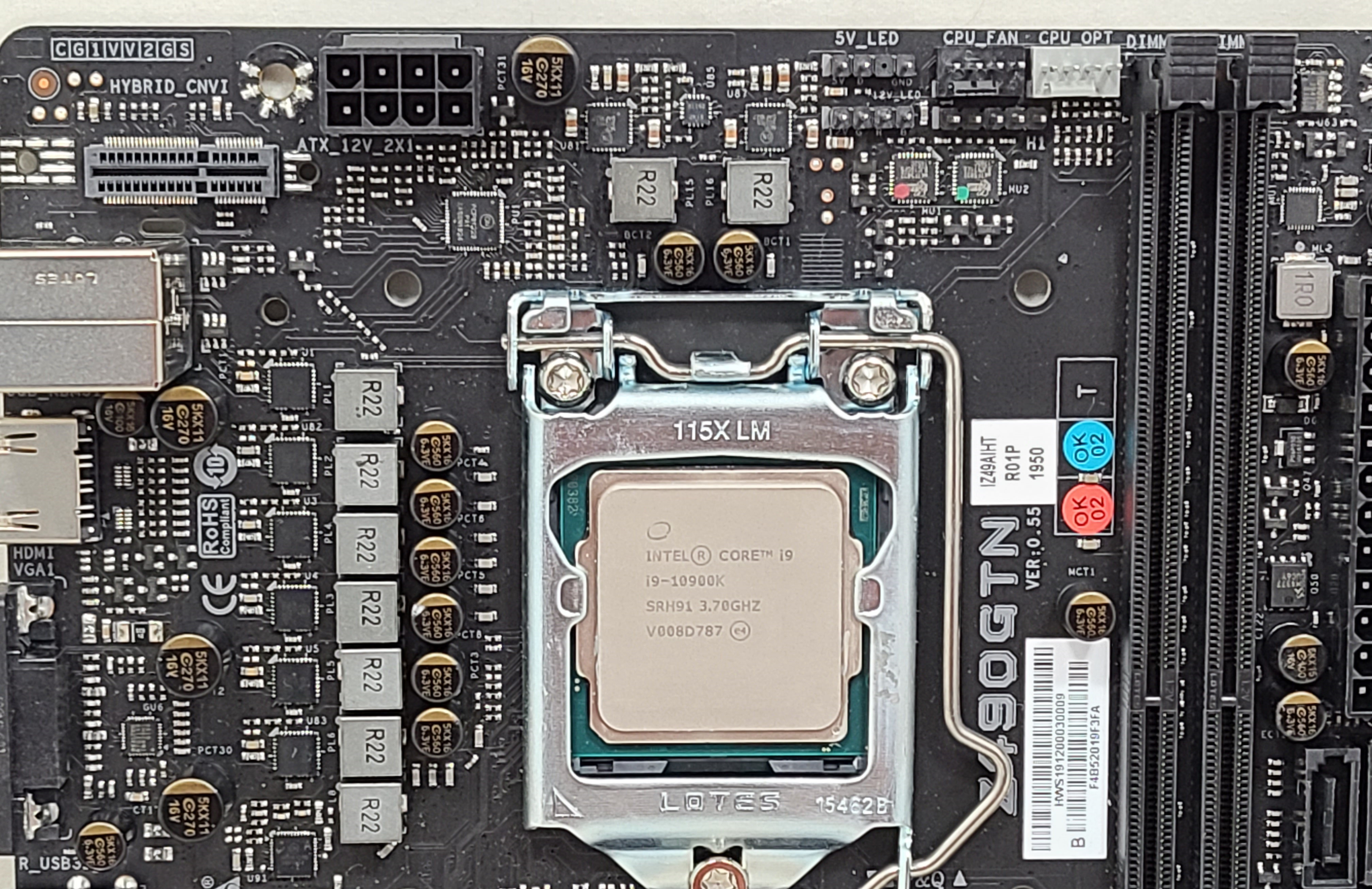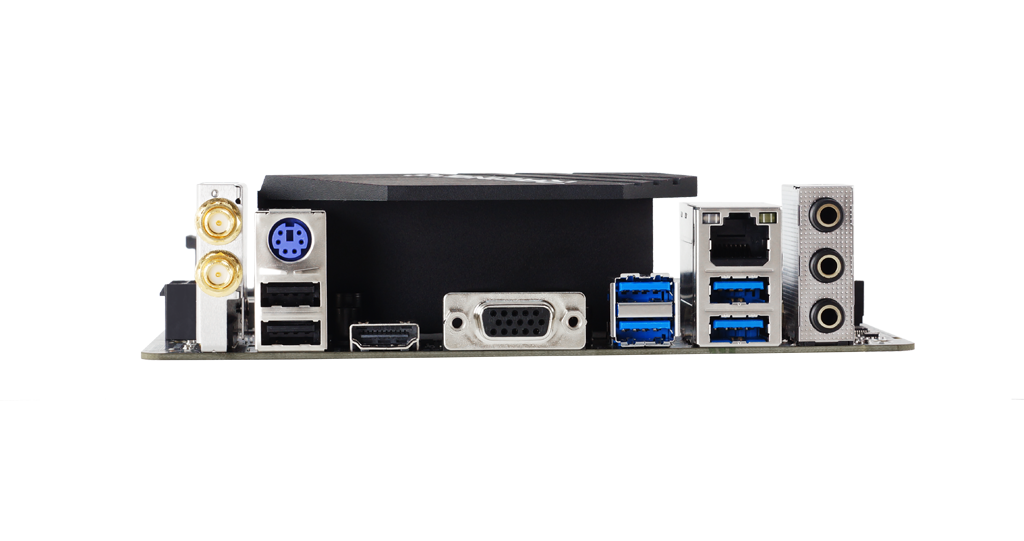Z490 Mini ITX Motherboard Roundup: Four Tiny Boards do Battle
Small in size, but similar in features and performance to ATX motherboards
Over the past few months since its launch at the end of April, wev’e looked at several boards based around Intel’s latest mainstream Z490 chipset, covering mid-range boards and most of the flagships. Now it’s time for a deep dive into four of five small Mini-ITX motherboards including a close look at features, performance and more, to give you the information needed to make an informed purchase of a small form factor (SFF) Z490-based motherboard.
Specifically, we’ll be looking at the ASRock Z490 Phantom Gaming-ITX/TB3 ($279.99), Asus ROG Strix Z490-I Gaming ($299.99), Biostar Z490GTN ($199.99) and the Gigabyte Z490I Aorus Ultra ($269.99). We also reached out to MSI, but the company didn’t get a board to us in time for this roundup.
All of these little boards support up to the flagship Intel Core i9-10900K processor, with some mentioning PCIe 4.0 support for the GPU and a single M.2 port (requires a future processor), just like their larger peers. Note though, that PCIe 4.0 will only work with future Intel Rocket Lake CPUs. Motherboard partners came up with creative ways to fit features on these smaller boards, including stacking M.2 sockets, with others using riser cards for things like SATA, RGB/Fan headers. Unlike larger boards, these smaller models include just two DIMM slots with up to 64GB of memory support, as well as four SATA ports. From there, each board offers different features.
Highlights out of the way, all four of the boards performed admirably in our testing suite. Those that were loose with Intel specifications out of the box (ASRock, Asus and Gigabyte) performed as well as their larger peers in most tests. However, the Biostar Z490GTN adheres to Intel more strict specifications. As a result, in heavy longer tests (handbrake for example), the Biostar board can be notably slower than the competition due to this adherence and some current-limit throttling.
The ASRock, Asus, and Gigabyte boards overclocked our power-hungry CPU without issue, while the Biostar simply isn’t capable of handling our overclock without immediately running into current limits. Below we’ll dig into the specifications and features, performance and overclocking for all four boards.
We’ll start with the Biostar Z490GTN and subsequent boards with a detailed specifications table followed by a board overview. Testing and concluding thoughts will follow on the later pages.
Specifications - Biostar Z490GTN
| Socket | LGA 1200 |
|---|---|
| Chipset | Z490 |
| Form Factor | Mini-ITX |
| Voltage Regulator | 8 Phase (6+2) |
| Video Ports | (1) HDMI, (1) VGA |
| USB Ports | (4) USB 3.2 Gen 1, Type-A (5 Gbps), (2) USB 2.0, Type-A |
| Network Jacks | (1) 1 GbE |
| Audio Jacks | (3) Analog |
| Legacy Ports/Jacks | PS/2 |
| Other Ports/Jack | Wi-Fi Antenna |
| PCIe x16 | (1) v3.0 (x16) |
| PCIe x8 | ✗ |
| PCIe x4 | ✗ |
| PCIe x1 | ✗ |
| CrossFire/SLI | ✗ |
| DIMM Slots | (2) DDR4 - DDR4 4400+(OC) |
| M.2 Sockets | (1) PCIe 3.0 x4 / SATA + PCIe (up to 110mm - Supports RAID 0 and 1), (1) M.2 E Key Supports 2230 WiFi/BT module and Intel CNVi |
| U.2 Ports | ✗ |
| SATA Ports | (4) SATA3 6 Gbps (RAID 0, 1, 5 and 10) |
| USB Headers | (2) USB 3.2 Gen1, (1) USB v2.0 |
| Fan/Pump Headers | (3) 4-Pin |
| RGB Headers | (1) 3-pin addressable, (1) 4-pin |
| Legacy Interfaces | ✗ |
| Other Interfaces | FP-Audio |
| Diagnostics Panel | ✗ |
| Internal Button/Switch | ✗ |
| SATA Controllers | ✗ |
| Ethernet Controllers | (1) Intel I219-V (1 GbE) |
| Wi-Fi / Bluetooth | ✗ |
| USB Controllers | ✗ |
| HD Audio Codec | Realtek ALC892 |
| DDL/DTS Connect | ✗ / ✗ |
| Warranty | 3 Years |
Features
The Biostar Z490GTN includes enough accessories to get you started, but not much else. Here’s a full list of what comes in the box:
Get Tom's Hardware's best news and in-depth reviews, straight to your inbox.
- Quick Guide
- Driver Disk
- Four SATA cables
- I/O Shield
- Wi-Fi accessories (bracket/antenna mounts)

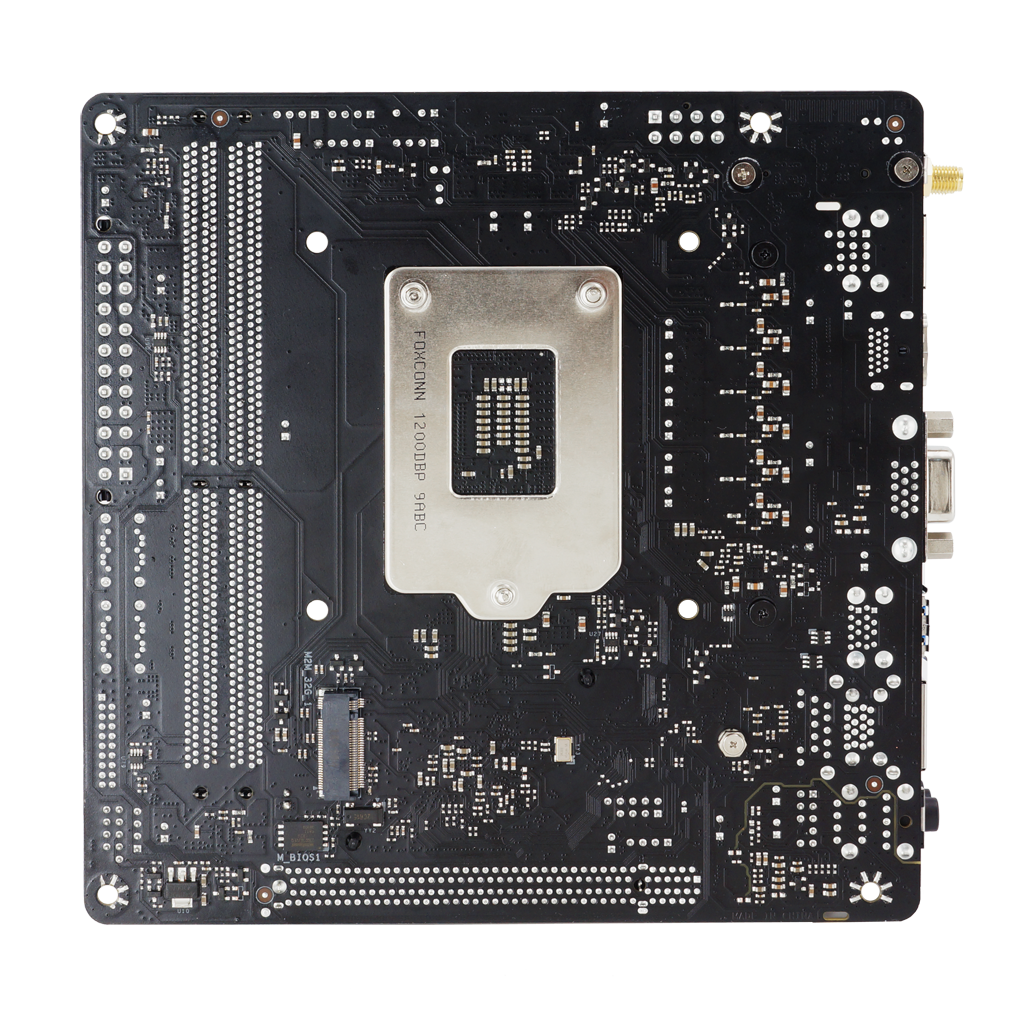
Removing the Biostar Z490GTN from its box, we see an exposed black PCB with black DIMM slots and heatsinks covering the left VRM bank and the z490 chipset. Compared to the other boards, the Z490GTN doesn’t have the fancy heatsinks, shrouds, and RGB LEDs, but more of a basic mid-range look and features. That said, it also has a much lower $199 price, undercutting all its competition here by at least $70.
A decent-sized grey heatsink covers the left VRM bank and chipset, with both sporting a brushed-aluminum finish. Biostar’s Racing branding sits proudly on top of the VRM heatsinks, showing off its pedigree. RGB lighting is not integrated on the board, so if you would like to add some, it will have to be from the onboard headers.
Starting on the top, we see a slew of headers and sockets, including a Key E M.2 socket for Wi-Fi (module not included), a single 8-pin EPS plug, two RGB headers (3-pin and 4-pin) and two (of three) fan headers. Just to the right of these are the two DIMM slots with locking mechanisms on both sides to secure the installed RAM. With the board’s Daisy Chain memory topology, Biostar lists support up to DDR4 4400+(OC).
On the far right edge of the board is the 24-pin ATX connector, four SATA ports (support RAID 0, 1, 5), front panel USB 3.2 Gen 1 header and the front panel header. There is only one M.2 socket,located on the backside of the board, and supporting up to 80mm modules. So even when it’s in use with a SATA-based drive, all four SATA ports should be available -- no pesky port sharing here. The four-pin header just to the left of the front panel is for a system speaker.
Across the bottom of the board is the single reinforced full-length PCIe slot. Just above this is the USB 2.0 header and a system fan header. Last but not least is the audio; Biostar uses an older budget Realtek ALC892 audio codec located just to the left of the PCIe slot. Using this codec likely keeps the cost down compared to the high-end Realtek ALC1220 codec used in the other boards. That said, the audio should be good enough for most users. If you’re worried about getting the best possible audio quality, you should opt for speakers with their own digital-to-analog converter (DAC), or look for a pricier board.
Biostar’s 8-phase VRM is managed by an ON Semiconductor PCP81229 8-channel PWM, operating in 6+2 mode (Vcore and SOC). This feeds six ON Semiconductor NCP302155 MOSFETs rated at 55A each, for a total of 330A available to the CPU. This is the least-capable VRM setup of the ITX group, and because of the current limit stuck to intel standards, overclocking wasn’t possible on our sample. The board even throttled our stock i9-10900K in stress tests and Handbrake. This board simply cannot handle the flagship processor during heavy loads in its current form.
Adding a BIOS option to raise the current limit would be helpful, but we worry about the capability of the power delivery. To be frank, you should use a lesser CPU or expect occasional throttling during heavy multi-core use scenarios if you pair an i9 with this board.
The rear IO area on our Biostar Z490GTN includes the typical fare of USB ports, video outputs and the audio stack. Note that the IO plate is not integrated, like it is on the other boards. The board includes six USB ports (two USB 2.0 and four USB 3.2 Gen 1), none of which are Type-C. Six ports may not be enough for some users. Above the blue USB ports is the Intel Gigabit Ethernet port (the other boards all have 2.5 GbE and Wi-Fi included, neither of which you’ll find here). The video outputs consist of an HDMI port and a legacy VGA port, and the audio stack consists of three analog plugs. Also here is a legacy PS/2 port.
Software
Biostar’s software list covers system monitoring and tweaking as well as a BIOS update utility. The Racing GT Evo application works well, displaying system information, controlling fans, tweaking a couple of settings andRGB control, all in an easy-to-read application. We’ve captured a few screenshots from the Racing GT Evo utility below.

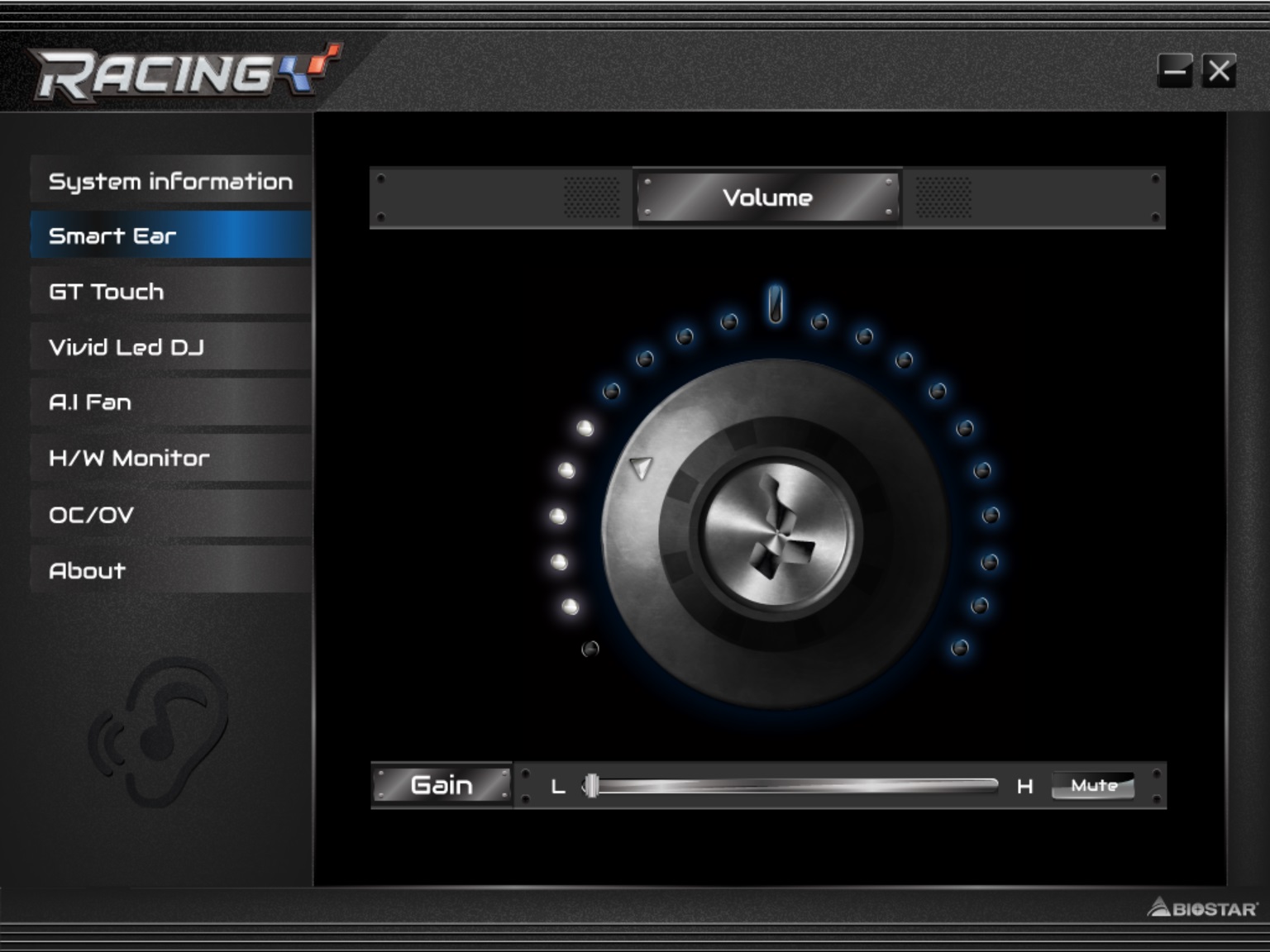
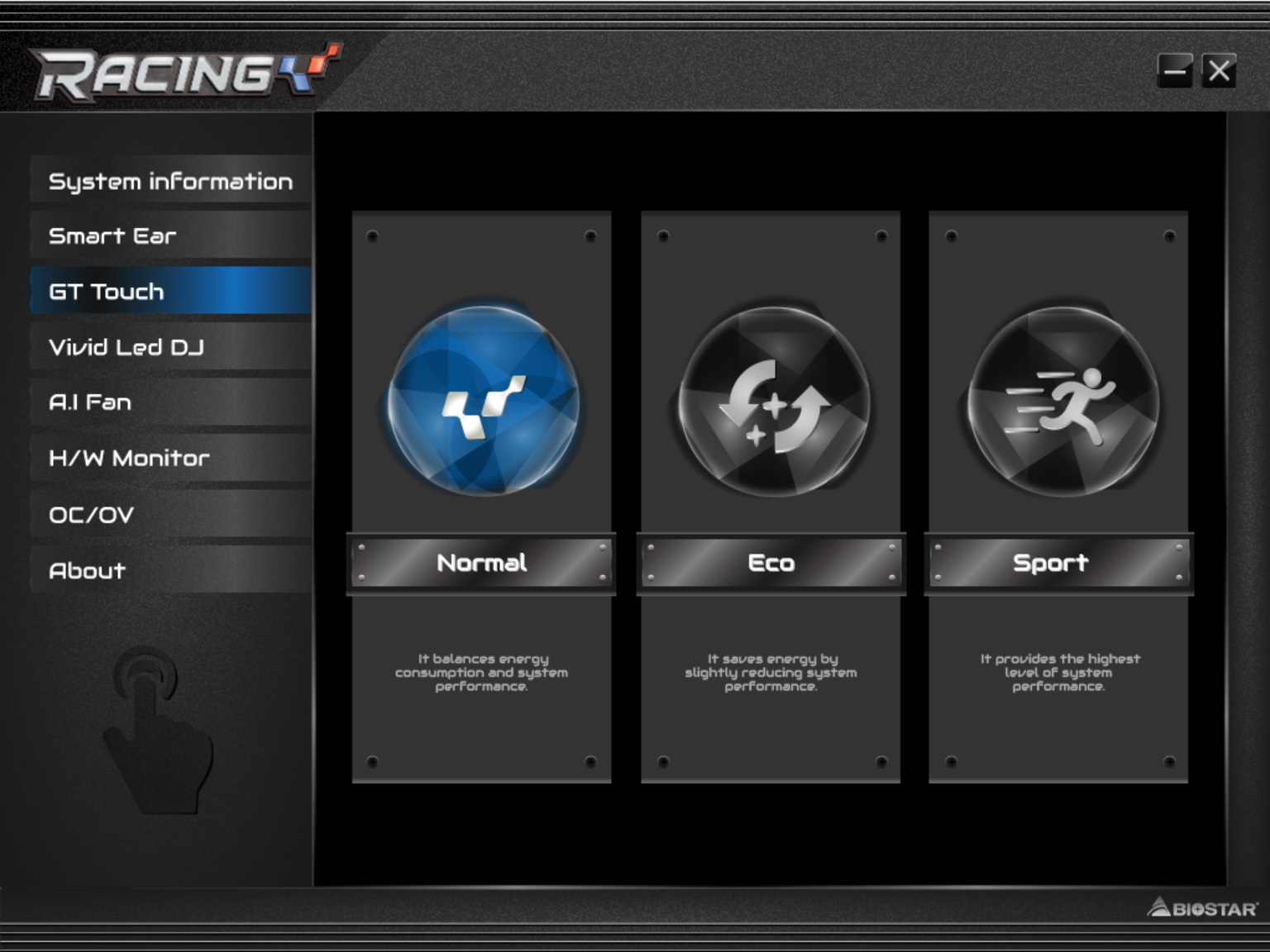

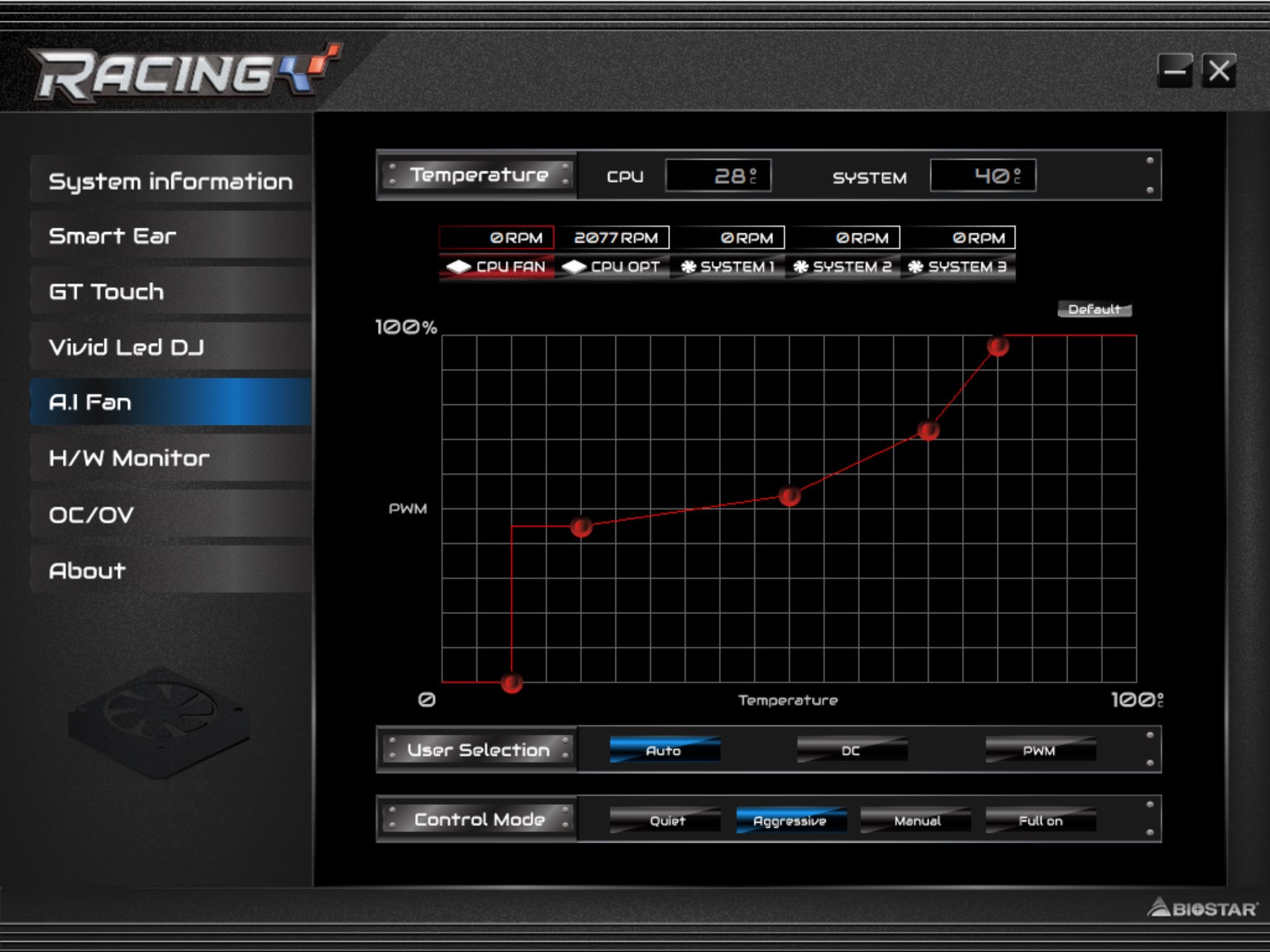



Firmware
To give you a sense of the Firmware, we’ve gathered screenshots showing a majority of the BIOS screens.
Biostar’s UEFI works well overall and presents users with a lot of different options, even if it isn’t the most refined BIOS around. It comes with an EZ Mode that is more informational but still has options to change boot priority, AHCI/RAID modes for storage, and a switch for enabling/disabling any attached RGB strips. Advanced mode lists realtime hardware information on the right with major headings across the top.



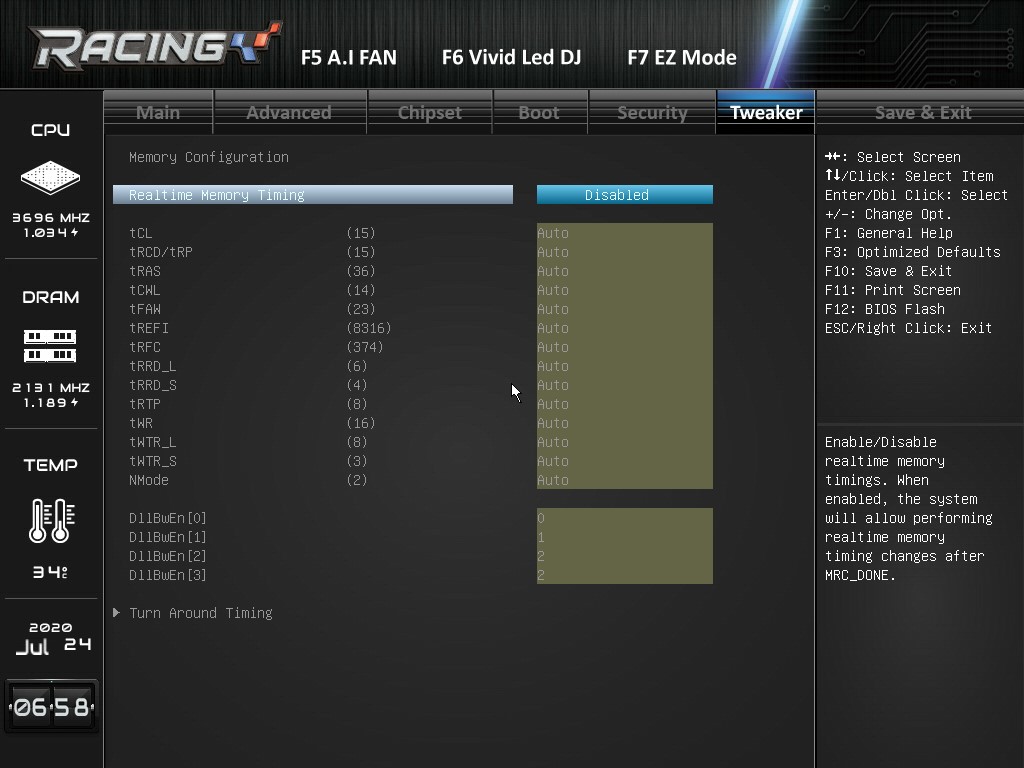
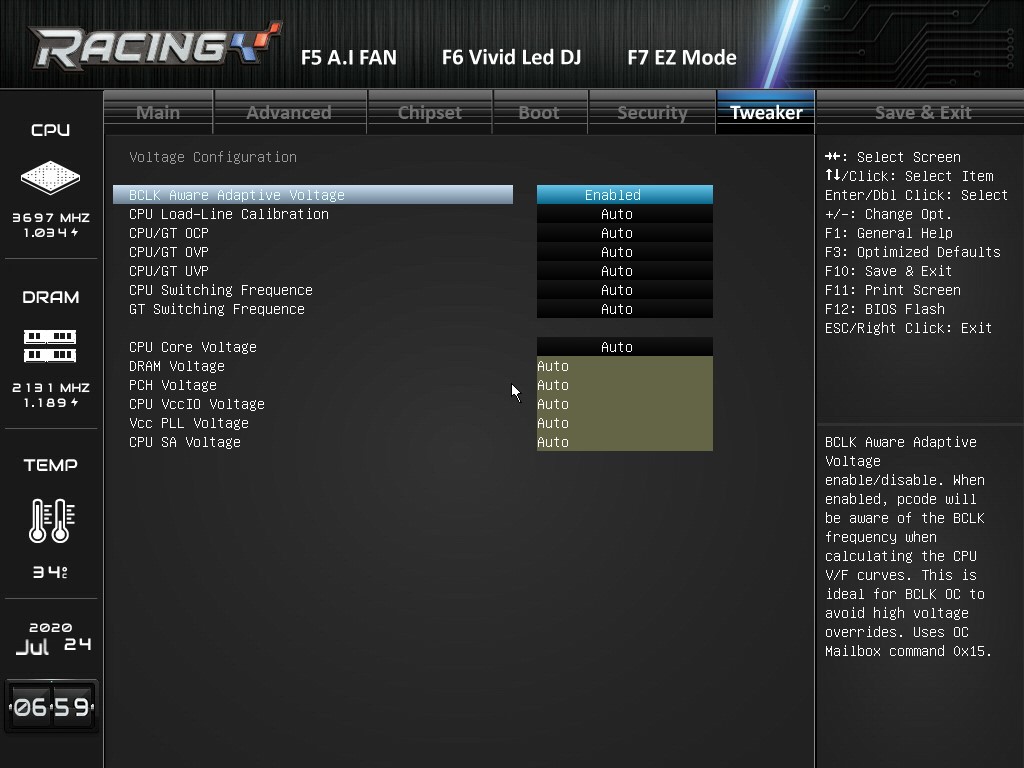

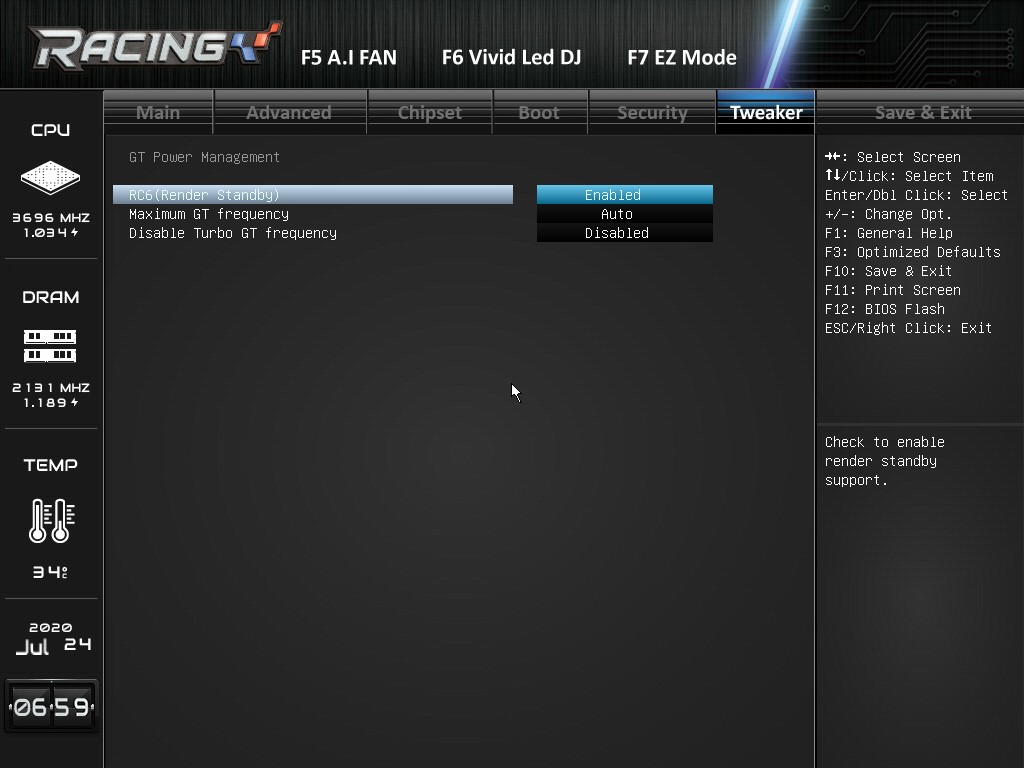
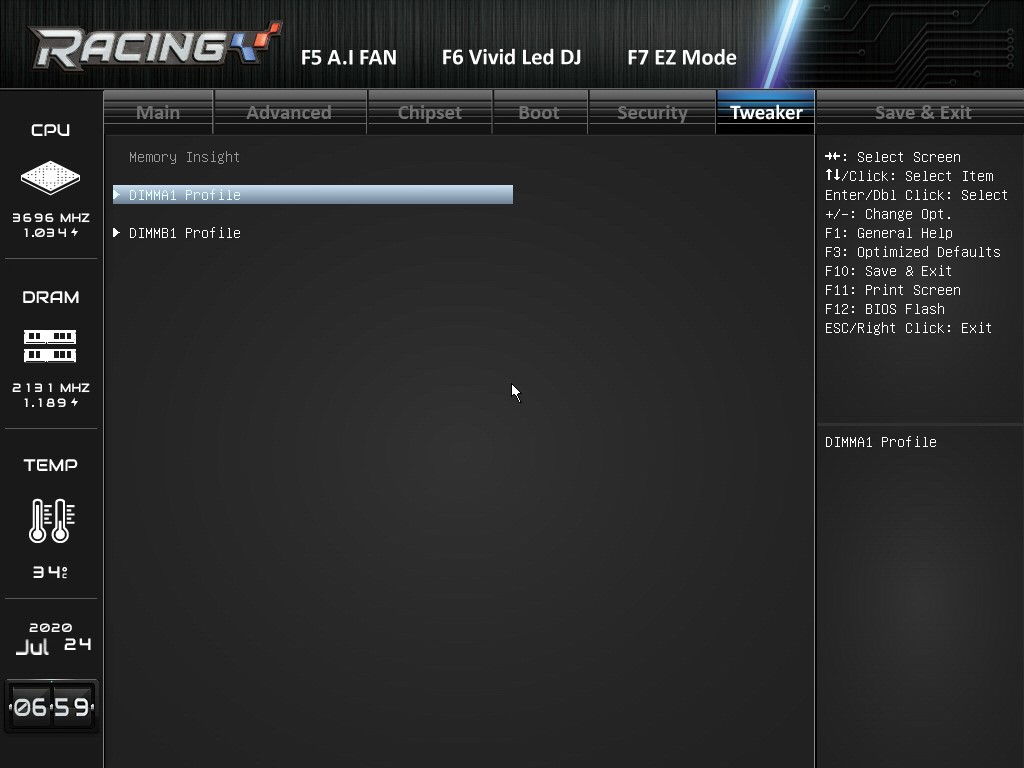
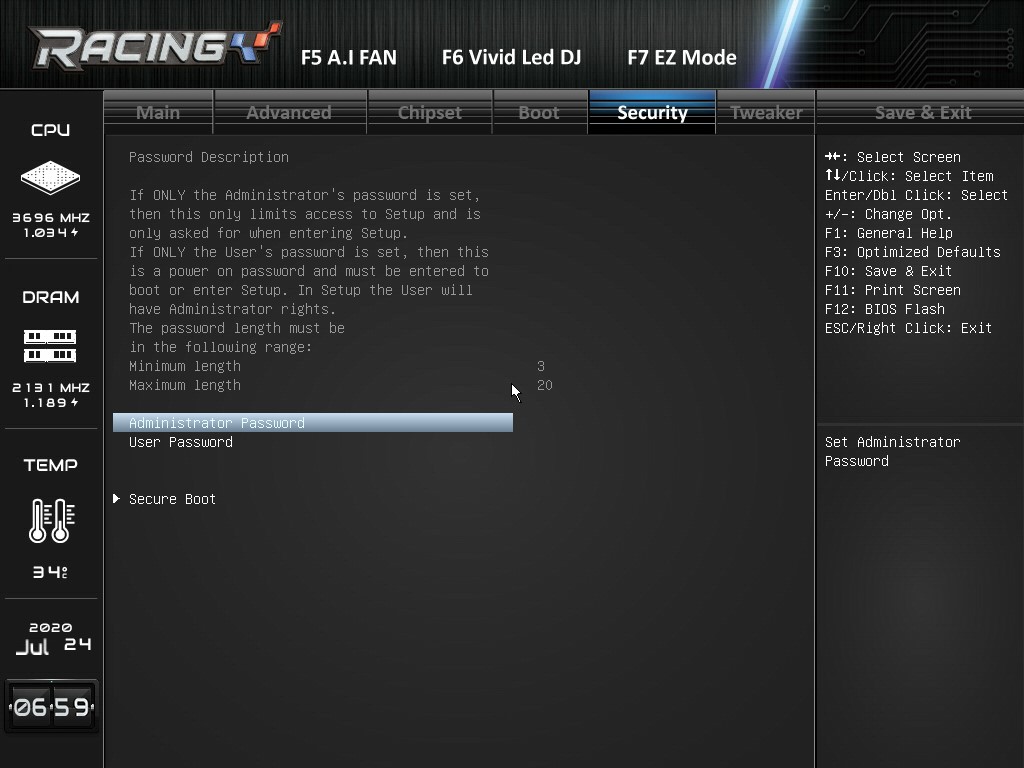

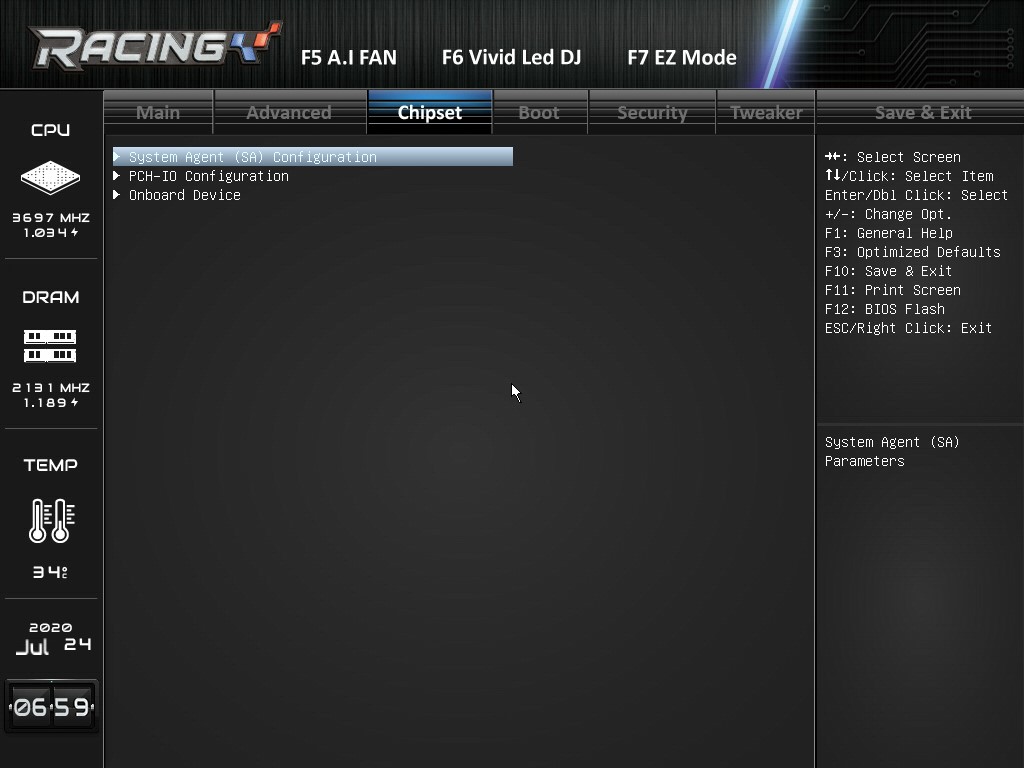
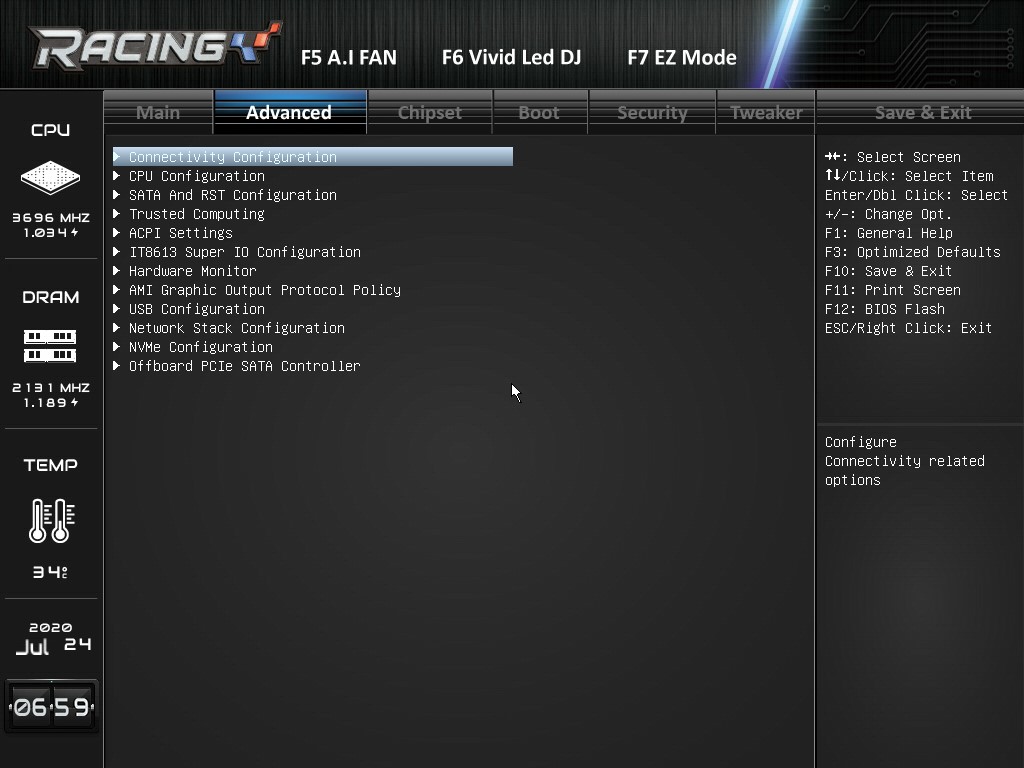

Joe Shields is a staff writer at Tom’s Hardware. He reviews motherboards and PC components.

